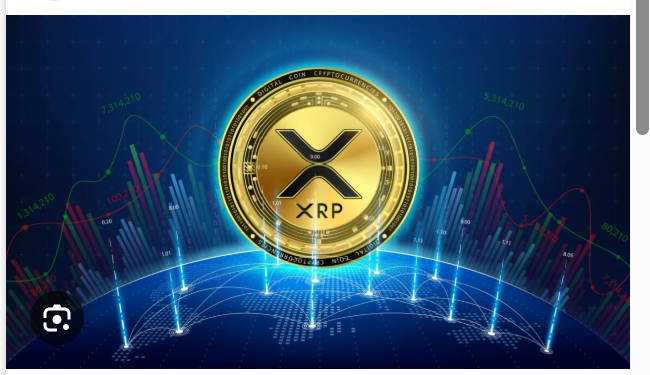XRP, the native cryptocurrency of the Ripple network, has experienced significant price volatility since its launch. Understanding the factors that influence XRP’s market value can help investors make more informed decisions about this digital asset.
Unlike Bitcoin or Ethereum, XRP serves a specific purpose within Ripple’s payment ecosystem. The cryptocurrency facilitates cross-border transactions for financial institutions, offering faster settlement times compared to traditional banking systems. This utility-focused approach distinguishes XRP from many other cryptocurrencies that rely primarily on speculative trading.
Key Factors Affecting XRP Price
Regulatory Environment
Legal developments significantly impact XRP’s market performance. The ongoing legal battle between Ripple Labs and the Securities and Exchange Commission (SEC) has created uncertainty around XRP’s classification. Positive legal outcomes typically boost investor confidence and drive price increases, while regulatory setbacks often trigger sell-offs.
Partnership Announcements
Ripple’s business partnerships with banks and financial institutions directly influence XRP demand. When major financial players adopt Ripple’s technology for cross-border payments, it validates the network’s real-world utility and can lead to price appreciation.
Market Sentiment
Broader cryptocurrency market trends affect XRP price. During bull markets, XRP often experiences significant gains alongside other major cryptocurrencies. Conversely, bearish market conditions typically result in price declines across the entire crypto sector.
Trading Volume and Liquidity
XRP’s high liquidity makes it attractive to institutional traders and retail investors. Large trading volumes can amplify price movements in either direction, creating opportunities for both gains and losses.
Technical Analysis Considerations
Chart patterns and technical indicators provide insights into potential XRP price movements. Support and resistance levels help identify key price points where buying or selling pressure might emerge. Moving averages can signal trend changes, while momentum indicators reveal whether XRP is overbought or oversold.
However, cryptocurrency markets remain highly unpredictable. Technical analysis should complement fundamental research rather than serve as the sole basis for investment decisions.
Market Position and Competition
XRP competes with other cryptocurrencies targeting the payments sector, including Stellar (XLM) and various central bank digital currencies (CBDCs). The success of competing technologies could impact XRP’s long-term value proposition and market share.
Ripple’s established relationships with financial institutions provide a competitive advantage, but the rapidly evolving digital payments landscape presents ongoing challenges.
Looking Forward: Price Outlook Considerations
Several factors could influence XRP’s future price trajectory. Resolution of regulatory uncertainty would likely reduce volatility and provide clearer investment parameters. Increased adoption of Ripple’s payment solutions by financial institutions could drive sustainable demand for XRP.
Additionally, broader cryptocurrency market maturation and institutional adoption may benefit established tokens like XRP. However, technological developments and competitive pressures remain significant variables in any price forecast.
XRP’s price reflects a complex interplay of regulatory developments, technological adoption, market sentiment, and competitive dynamics. While short-term price movements can be unpredictable, understanding these fundamental drivers helps investors navigate the volatile cryptocurrency market more effectively.






